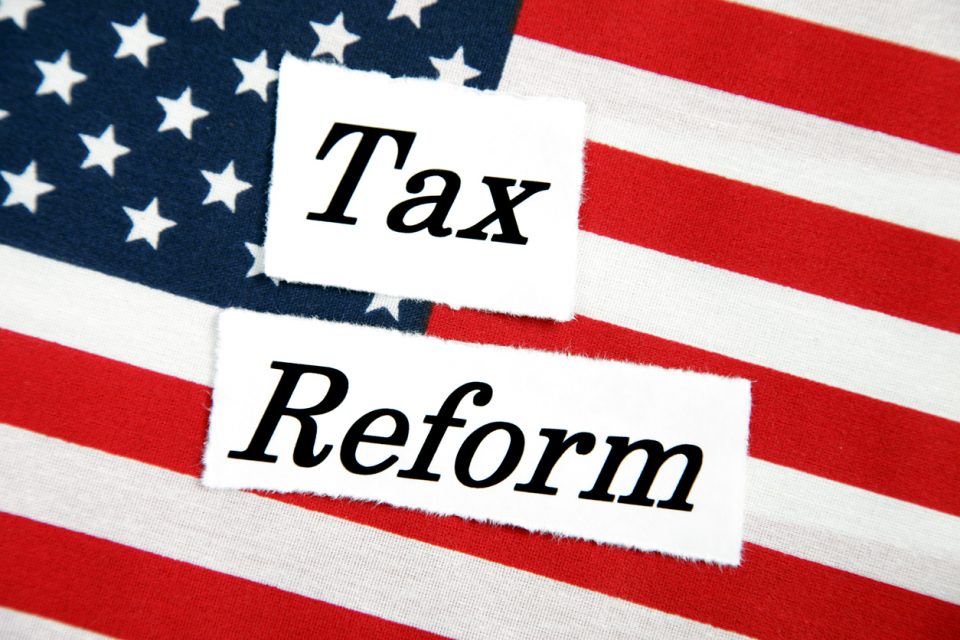With the reform of the healthcare bill back in a box and the rollback of Dodd-Frank relatively muted since May, the reform agenda of President Trump starts to look grim. From hopes over so-called Trumponomics to pure and simple disappointment, it appears that the US Administration has been dealing mostly with internal issues, turnover of key staff as well as the continued ranting against mainstream media – and walked away from actually working on the programme of the President. Going into the last leg of the year, the House and Senate are pushing forward to have a tax bill written with House Speaker, Paul Ryan, Secretary Treasury Mnuchin and Special Advisor, Gary Cohn leading the charge. The key question is if the current chaotic atmosphere in DC will allow the President to score a balanced tax reform before year end?
Reforming taxes has been on the agenda of the Republican Party for a long time, but this is the first time since 2006 that the GOP controls simultaneously the House, the Senate and the White House, which is almost a prerequisite for passing a bill cutting corporate and individual taxes. The current need for a tax reform stems from a variety of factors and factual observations. First, among the OECD, the United States has now the highest corporate tax rate. Second, since the agenda of the President is as straightforward as Make America Great Again, he is on the hook to bring jobs back in America,bring life back to US manufacturing and industrial production, as well as increase creation of credit and increase purchasing power. Incentivising corporates by lowering the tax rate is the logical path toward increasing the competiveness of America. It would most likely eliminate corporate inversions which are highly unpopular in the country but no government has yet been able to legislate against it.
The White House tax proposal addresses the issue of high tax burden from a variety of angles. On the corporate side, the blueprint calls for a reduction of corporate tax to 20% while the maximum tops at 35% under the current tax code. The main goal of the Trump administration is to treat corporations and small businesses in a rather similar way while creating a boost to growth. The new system should be fairer, more transparent and should encourage companies to repatriate cash trapped in overseas jurisdictions such as Ireland. For individuals’ tax payers, the reform simplifies current principles and replaces the actual seven brackets with three brackets, 12, 25 and 33%.
The current blueprint for tax reform is suffering one major overhang, which is the revenue neutrality. Simply speaking, dollars lost in tax revenues cannot be borrowed to compensate but taxes cannot add to debt and deficit of the country. Estimates are difficult to formulate because of the moving parts such as job creation, impact on the economy and general growth. However, ball park estimates of the Tax Policy Center appear consensual. They stated that the campaign’s project would be a $6.2tr revenue cost to government over the first 10 years, without taking into account accrued interest costs and growth, bringing the increase of the federal debt to $7tr over 10 years. The blueprint that is being currently discussed has an estimated $3.1trn revenue cost and $3.1trn of increase of federal debt.
The debate on revenue neutrality versus deficit neutrality might appear fiddling, but it is nothing less than one of the fundamental issues with this reform. Under a revenue neutral framework, all tax cuts must be matched, dollar for dollar with tax increase so the total revenue stays the same. However, a number of tax reforms failed because of this concept. While under the deficit neutral framework, tax cuts are compensated by lowering spending and prioritising the budget so that the actual tax burden on corporates and individuals is actually decreased. For the time being, revenue neutrality seems to be favoured by Republicans, but a deficit neutral tax reform is more likely to receive tailwinds from the Democrats.
Investors should follow closely the discussions on tax reform not for the reform itself, but as a proxy to estimate the current atmosphere in Washington. Republicans are fractured and are likely to disagree on a number of points as a means to express discontent while Democrats will certainly push back on their end too. GOP is already courting a number of Democrats because with the debate taking a partisan path and Republicans unable to unify, recruiting on the other side is key to pass a potential reform. Aside from the North Korean episode witnessed in August, the market proved relatively immune to a disorderly functioning US Government, but nothing is meant to last forever.
Nicolas Roth is the Head of Alternative Assets at REYL & Cie SA


